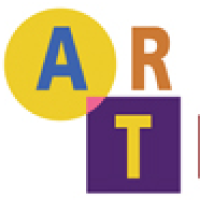
Works Of Art Are Good Things To Think About
PUBLISHED:AUTHORS: Shari Tishman, Patricia Palmer
Resource Summary
Works of art are good things to think about. This simple premise underlies Artful Thinking, a program that helps teachers regularly use works of art in their curriculum in ways that strengthen student thinking and learning. Developed between 2004-2006 by Harvard Project Zero in collaboration with the Traverse City Area Public schools, the program is being used by K-12 classroom teachers as well as art specialists in several schools in the Unites States and Europe. It focuses on looking at and interpreting art, rather than making art, and its goals are twofold: To help teachers create rich connections between works of art and topics they are teaching; and to use the power of art as a force for developing students’ thinking dispositions.
This article provides highlights from the findings of two research studies conducted during the development of the Artful Thinking program. The first is a study of the effect of the program on students’ and teachers’ ideas about art. The second is a study of the effects of the program on students’ ideas about thinking and learning in general. The investigations were framed as design research (Brown, 1992; Cobb, Confrey, diSessa, Lehrer, & Schauble, 2003). This means that the procedures developed to explore program participants’ concepts of art and concepts of thinking were designed to be learning-centered practices, integral to the spirit and goals of the program, rather than “add-on” evaluations.



-
-
-
-
-
-
Support PZ's Reach